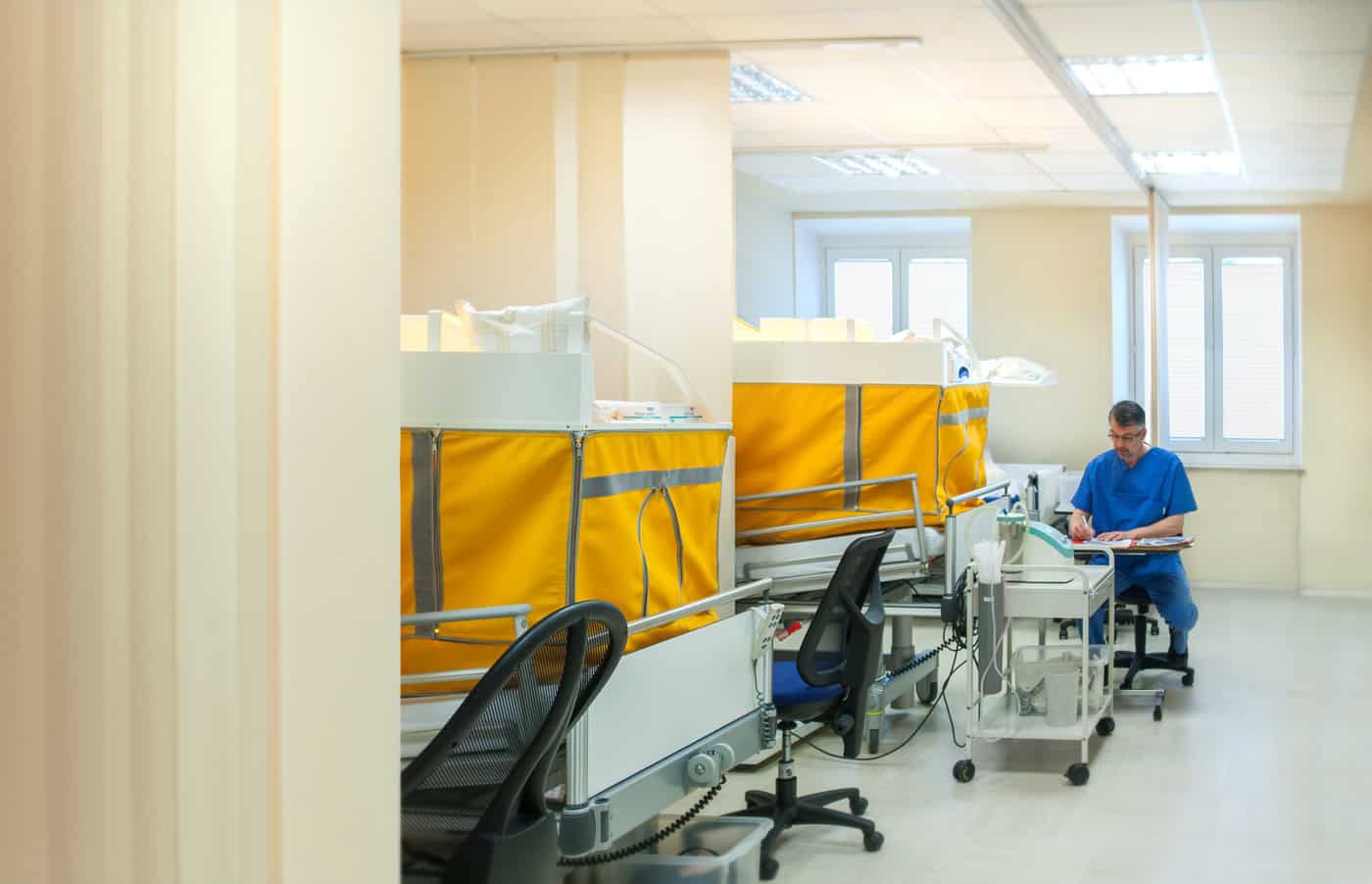Hyperthermia Treatment For Lyme Disease
WBHT and How it Works During Hyperthermia Treatment:
During hyperthermia treatment for lyme disease, the core temperature of the body is increased carefully through the use of whole-body infrared-A-irradiation. The goal is to bring the body temperature to at least 106° F (41.1° C), which is the temperature at which it is believed many strains of Borreliosis are affected. If the patient is able to tolerate higher temperatures, doctors at the hospitals in the United States, Germany, and Mexico believe it is preferable to try and reach 107° F (41.67° C) and slightly above.
By reaching a higher temperature there is a better chance of eradicating more strains of Borreliosis and other pathogens causing illness.

Hyperthermia Treatment For Lyme Diease: Three-part Approach
Increasing body temperature kills Lyme microbes
This increases the effectiveness of antibiotics, decreases microbes’ resistance to antibiotics, and enables antibiotics to get inside the cells more easily.
Disrupting the structural integrity of biofilms
When a person has chronic Lyme disease, biofilms form around the spirochete, preventing antibiotics from reaching the pathogen. Increased heat breaks down these biofilms, allowing antibiotics to penetrate them.
Stimulating the immune system
This induced fever increases blood flow to organs and tissues, improving the oxygen supply to the body. Also, the immune system responds with a strong production of natural killer and helper cells. This process gives your body the best fighting chance of becoming stronger.
What to look for when considering hyperthermia treatment facilities
Make sure extreme whole-body hyperthermia is offered.
This means that their machine can raise the patient’s entire body temperature to at least 105.8° F (41° C), a temperature that kills many spirochetes. Clinics should attempt to reach 106.9° F (41.6°C), which is the point at which all spirochetes are killed after two hours. Most clinics only offer moderate hyperthermia, which reaches 104° F (40°C). This helps boost your immune system but is not high enough to kill Borrelia.
Find out if the clinic is an in-patient facility.
Immediately following a treatment, hyperthermia results in physical exhaustion. Patients should be monitored throughout the night as well as the following few days after treatment. In-patient facilities allow doctors and nurses to help patients feel comfortable when having a die-off reaction from the pathogens. When pathogens die, they expel toxins, which can cause inflammation and an increase in symptoms. In-patient facilities tend to offer a number of detoxification therapies that are available throughout a patient’s entire stay. Detoxing allows the body to expel these harmful toxins by decreasing inflammation, so that the patient can feel relief from his/her symptoms.
